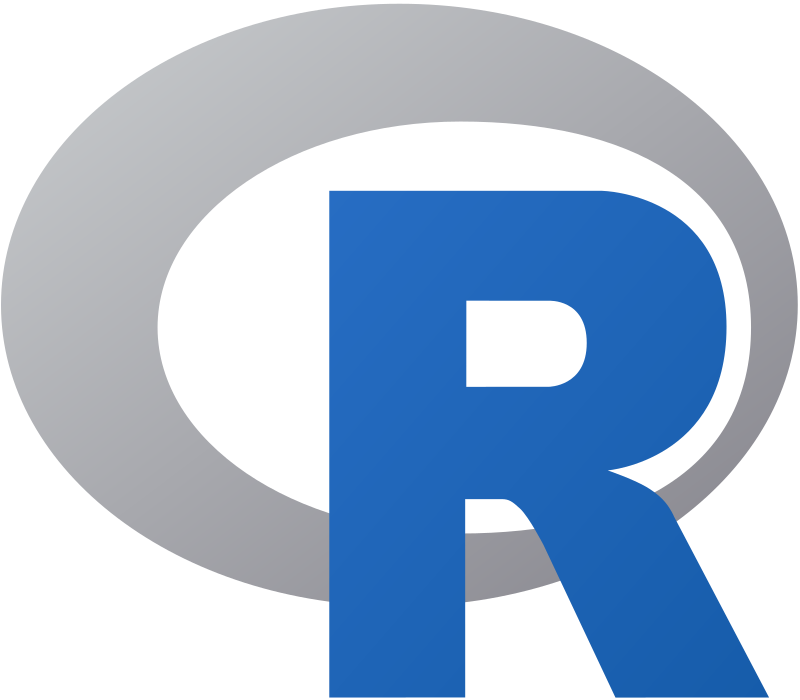Features
The R environment is an integrated suite of software facilities for data manipulation, calculation, and graphical display. It includes the following:
-
An effective data handling and storage facility.
-
A suite of operators for calculations on arrays, in particular matrices.
-
A large, coherent, and integrated collection of intermediate tools for data analysis.
-
Graphical facilities for data analysis.
The term “environment” is intended to characterize it as a thoroughly planned and coherent system rather than an incremental accretion of precise and inflexible tools, as is frequently the case with other data analysis software.
R is designed around a true computer language, and it allows users to add additional functionality by defining new functions. Much of the source code is written in R only. C, C++, and Fortran code can be linked and called at run time for computationally-intensive tasks. Advanced users can write C code to manipulate R objects directly.
Many users think of R as a statistics system. Creators prefer to think of it as an environment where statistical techniques are implemented. R can be extended (easily) via packages. There are about eight packages supplied with the R distribution, and many more are available through the CRAN (Comprehensive R Archive Network) that cover a vast range of modern statistics.
R has a LaTeX-like documentation format, which is used to supply comprehensive documentation online (in several formats) and hardcopy.
For more information, please visit https://www.r-project.org/.
